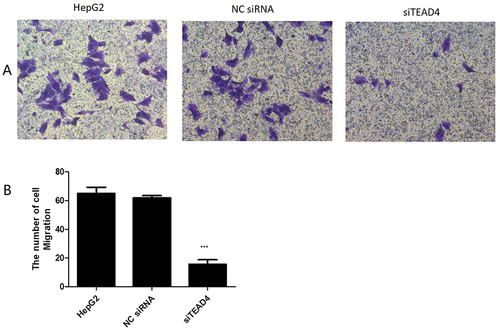Figures & data
Figure 1 High expression of TEAD4 in HCC.
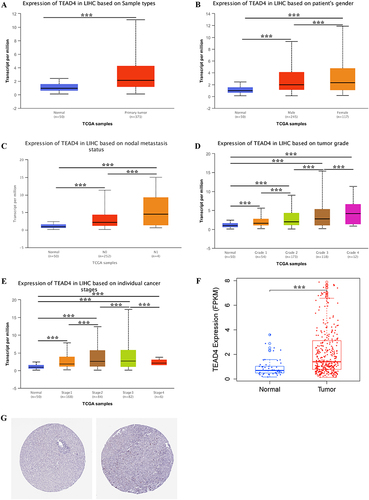
Figure 2 Correlation between TEAD4 and clinical characteristics in poor HCC patients.
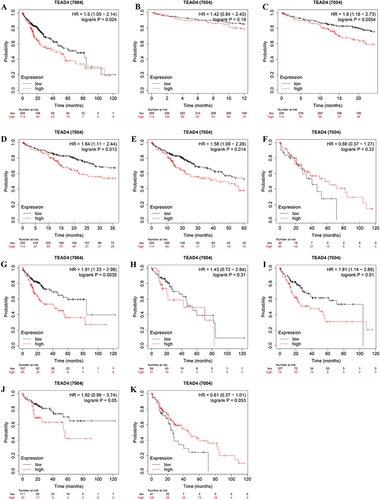
Figure 3 TEAD4 in HCC patients.

Figure 4 The knock down of TEAD4 in HepG2.
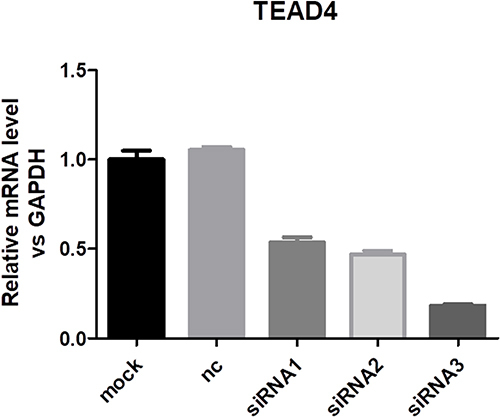
Figure 5 MTT assay was used to detect the proliferation of HepG2 with the knock down of TEAD4.
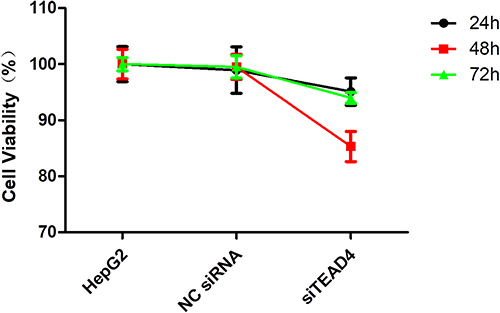
Figure 6 Transwell assay detected the invasive effect of TEAD4 gene on HepG2 cells.
